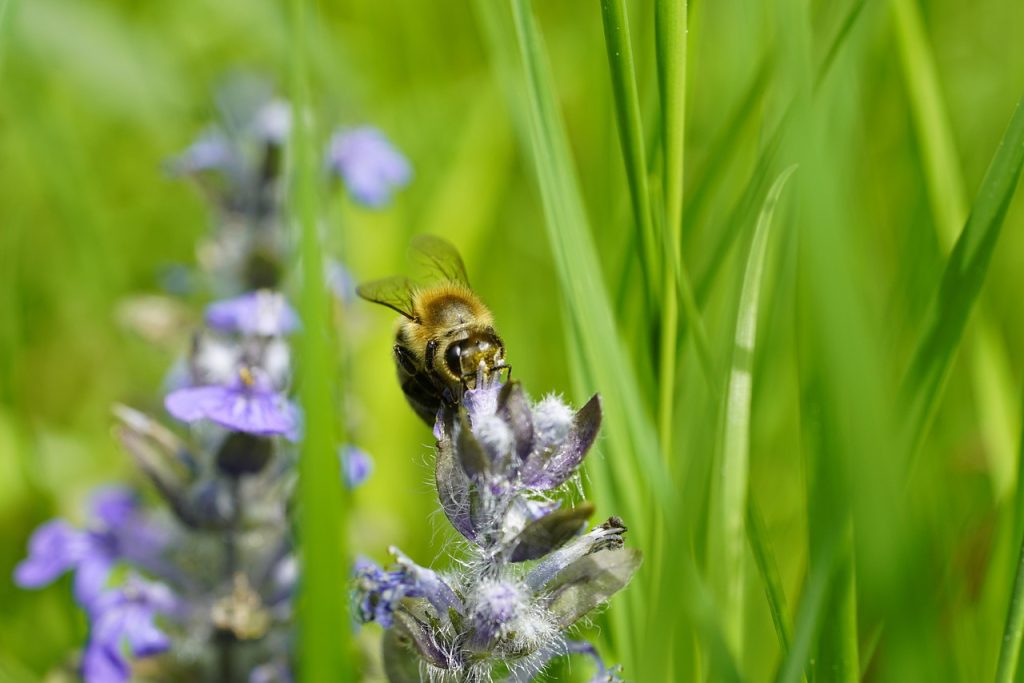THIS MONTH, botanical charity Plantlife is championing ‘No Mow May’.
The simple but powerful campaign encourages gardeners to pause their lawnmowers and let wildflowers flourish.
With nearly 7.5million acres of meadows lost since the 1930s, the UK’s pollinators and insect-eating birds are in decline as their habitats are lost.
British Garden Centres has put together some hints on how people can participate in No Mow May and transform their gardens into vital refuges for bees, butterflies, and other wildlife.
‘Five simple tips’
Leave the lawn – A perfectly mown, striped lawn is like a green desert for bees. Leave the lawnmower in the shed, and the garden becomes more wildlife-friendly. Flowers and plants can grow through the grass, such as daisies, dandelions, creeping buttercups, and common mouse-ear flowers. The sweet flower heads will attract beneficial insects. These are great for pollinating insects, whilst taller grass and wild plants will also provide food and shelter for animals like mice, hedgehogs, frogs, toads, and newts.
Plant wildflowers – Mixes and seed bombs can be sown with results visible in less than eight weeks. These concoctions contain nectar-rich species such as paper daisies, cornflowers, poppies, camomile, corn marigold, and forget-me-nots. Once grown, they create an environment for garden wildlife, providing habitats and food sources.
Small steps – Rewilding does not mean leaving the whole lawn overgrown all month long. People can participate in No Mow May by mowing a path to the shed and a patio to make everything in the outdoor space accessible. Those not wanting to dedicate the whole garden to No Mow May can leave just a small patch – it all makes a positive difference.
Go organic – Avoid using chemical weedkillers which can harm both wildflowers and plants in the lawn. They can also damage the soil. Instead of spraying weeds to get rid of them, pull them out by hand – this natural approach promotes a healthier garden ecosystem.
Change the mowing routine – No Mow May is not just for this month – it can be done all-year-round and will benefit wildlife more if undertaken in this way. A Plantlife survey revealed the people with the most flowers in their lawns were those who mowed once every four weeks, Keep lawns to 2ins to 3ins – this encourages low-growing flowering plants, such as clovers and daisies. Allowing the grass to grow longer also leads to deeper roots, meaning your lawn needs less water and will be healthier.
‘Small but mighty’
Amy Stubbs, project and development Manager at British Garden Centres, said: “By simply pausing our mowers this May, we can transform our gardens into thriving havens for wildflowers and wildlife, making a powerful difference for pollinators, biodiversity, and our planet.
“No Mow May is a small act with a mighty impact—letting your lawn go wild is the first step to restoring the balance we’ve lost and attracting beneficial insects back to our gardens.”
Visit: plantlife.org.uk/campaigns/nomowmay/ for more on No Mow May.












